Explain the mechanism involved n bimolecular nucleophilic substitution reaction.
Text Solution
SN2 Mechanism:
(i) The rate of SN2 reaction depends upon the concentration of both alkyl halide and the nucleophile.
(ii) Rate of reaction =k2 [alkylhalide] [nucleophile]. If follows second order kinetics and occurs in one step.
(iii) This reaction involves the formation of a transition state in which both the reactant molecules are partially bonded to each other. the attach of nucleophile occurs from the back side (i.e., opposite to the side in which the halogen is attacked).
(iv) The carbon at which substitution occurs has inverted configuration durig the course of reaction just as an umbrella has tendency to invert in a wind storm. this inversion of configuration is called walden inversion, after paul walden who rst discovered the inversion of configuration of a compound in SN2 reaction.
(v) SN2 reaction of an optically active haloalkane is always accompanied by inversion of configuration at the asymmetric centre.
|
Topper's Solved these Questions
- HALOALKANES AND HALOARENESBOOK - SURA PUBLICATIONCHAPTER - HALOALKANES AND HALOARENESEXERCISE - CREATIVE QUESTIONS (HOTS)
4 Videos
- HALOALKANES AND HALOARENESBOOK - SURA PUBLICATIONCHAPTER - HALOALKANES AND HALOARENESEXERCISE - CREATIVE QUESTIONS (HOTS) (3 MARK)
7 Videos
- HALOALKANES AND HALOARENESBOOK - SURA PUBLICATIONCHAPTER - HALOALKANES AND HALOARENESEXERCISE - ADDITIONAL QUESTIONS (SHORT ANSWERS QUESTIONS)
9 Videos
- GOVT. MODEL QUESTION PAPER - II BOOK - SURA PUBLICATIONCHAPTER - GOVT. MODEL QUESTION PAPER - II EXERCISE - PART - IV
26 Videos
- HYDROCARBONSBOOK - SURA PUBLICATIONCHAPTER - HYDROCARBONSEXERCISE - In Text Question-Evaluate Yourself
26 Videos
Similar Questions
Knowledge Check
Which of the following compounds is the most likeyl to undergo a bimolecular nucleophilic substitution reaction with aqueous NaOH?
A B
B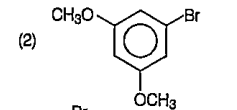 C
C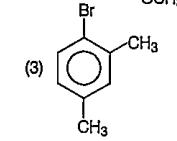 D
D
Which of the following compounds is the most likeyl to undergo a bimolecular nucleophilic substitution reaction with aqueous NaOH?
A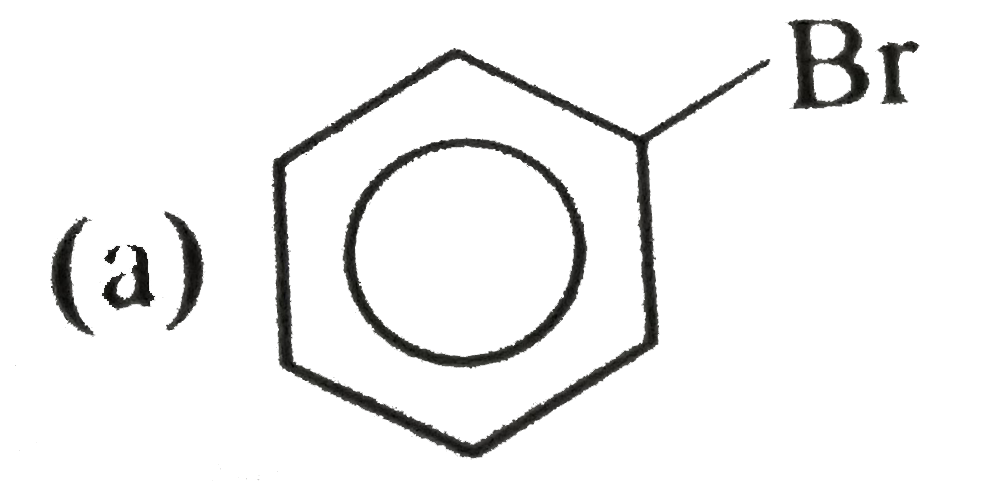 B
B C
C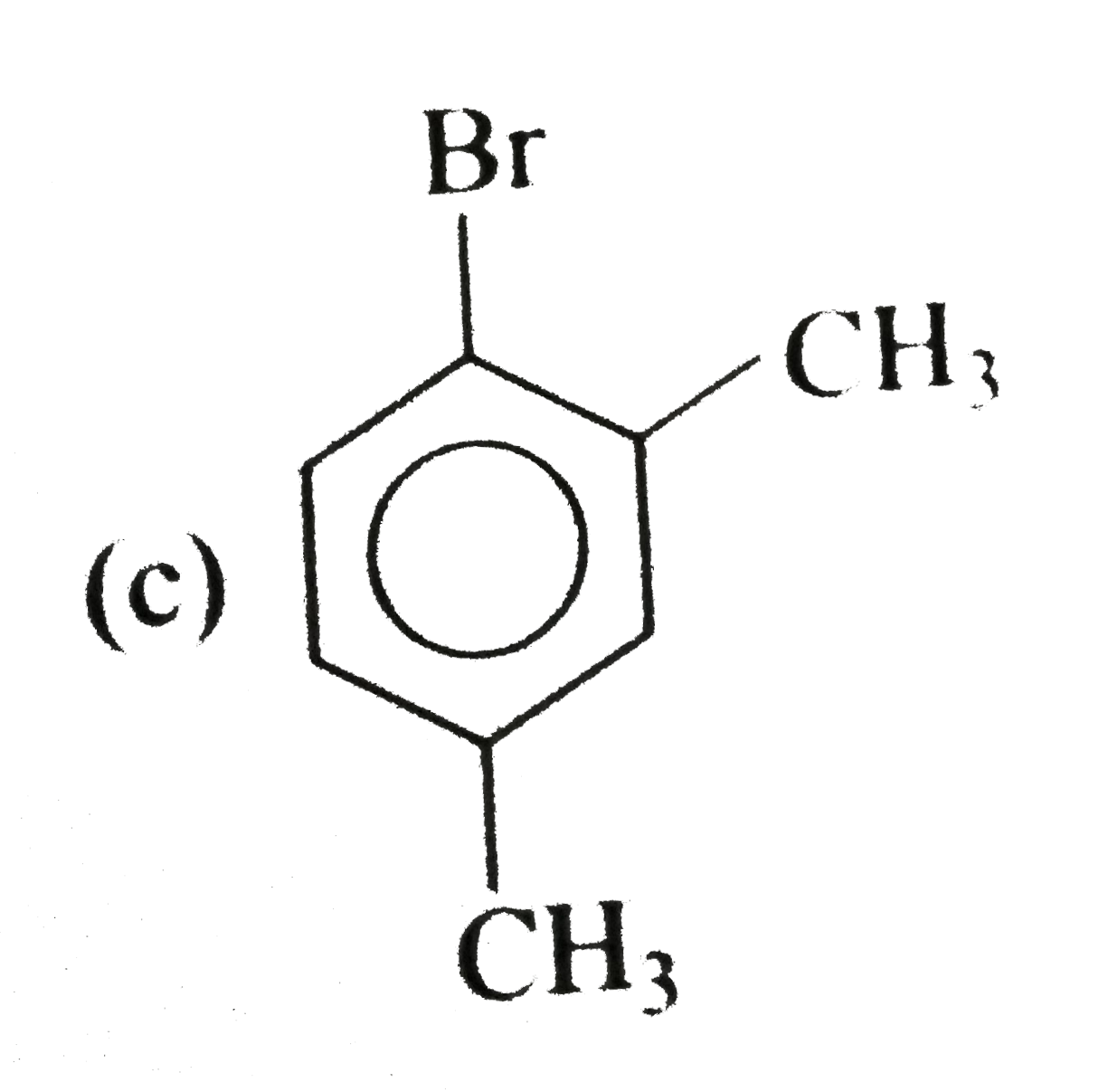 D
D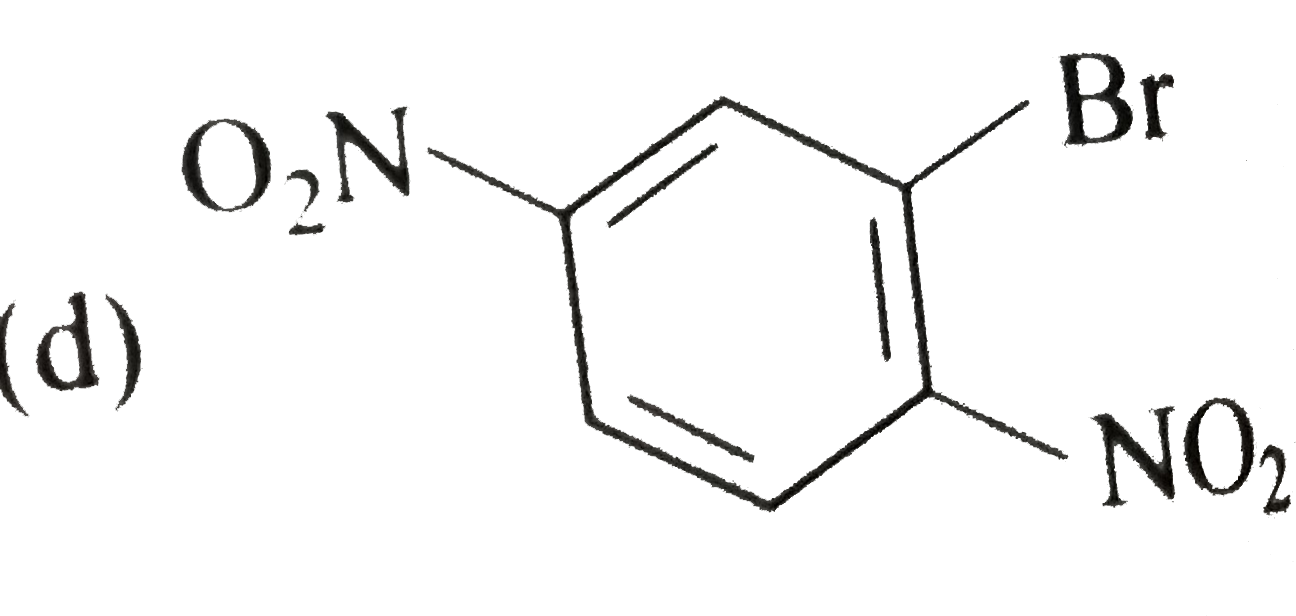
Which of the following statement is INCORRECT for bimolecular nucleophilic substitution reaction SN2 ?
AIt is a second order reaction.BIn (SN2) the substrate does not undergo heterolytic fission.CThe rate of (SN2) reaction does not depend on concentration of both substrate and nucleophilic reagent.D(SN2) reaction occurs in single step without forming intermediate
Nucleophilic Substitution Reaction|Summary
View SolutionNucleophilic substitution reaction in Haloarenes
View SolutionAllyl chloride is more reactive than n-propyl chloride towards unimolecular nucleophilic substitution reaction. Explain why ?
View SolutionAllyl chloride is more reactive than n-propyl chloride towards unimolecular nucleophilic substitution reaction. Explain why ?
View Solution
The reaction and condition which obey bimolecular nucleophilic substitution reaction with respect to tetrahedral intermediate is -
View Solution
